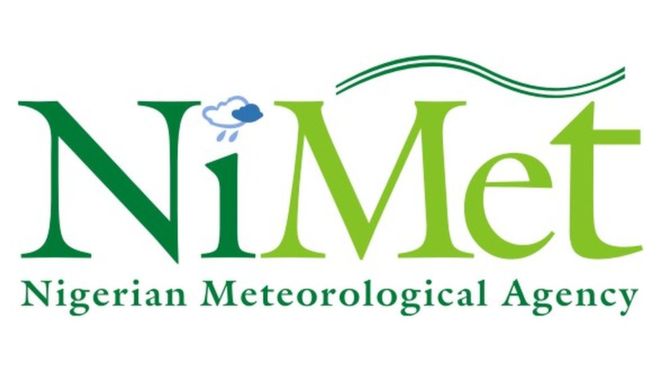NiMet explains persistent rainfall during November in FCT, other parts of Northern Nigeria..
Oru Leonard
The Nigerian Meteorological Agency, through it’s Central Forecast Office (CFO) has explained the recent rainfall witnessed in the northern part of the country especially in the Federal Capital Territory (FCT), on Saturday 25th and Sunday 26th November, 2023.
The Agency observed from it’s social media handles, that this took the public by surprise as it is expected that at this time of the year the north should be transiting or have transited into harmattan season, which is characterized by dust, cold and winds.
Explaing further, NiMet CFO disclosed that observation indicated an opening that linked mid-latitude Trough with the thermal-lows over the West-Africa. This mid-latitude trough pull the Inter-Tropical Discontinuity (ITD) far northward above the country (from approx. Lat 8.00N to about 12.00N withing 48hrs), by implication there was mass influx of moisture far into the country, especially to the western half of the country. Conversely, ITD is expected (normally) to have a southward displacement during this season.
According to NiMet, with this moisture influx, and already high energy in the atmosphere, it is only natural that there would be condensation and formation of clouds. The cloud build-up over the Northwestern and Northcentral parts of the country (including Abuja, FCT) resulted into thunderstorms that was experienced recently on Saturday 25th and Sunday 26th November, 2023.
Climate variability is the main factor responsible for this phenomenon. It results in modulation of natural atmospheric processes which contributes to short-term fluctuations in weather, due to both natural and anthropogenic influences on the global atmospheric processes, which has given way to changes in patterns of weather and climate conditions in the atmosphere. This is not exclusive to Nigeria alone, the statement reads.
In recent times, human activities particularly the burning of fossil fuels and deforestation, have led to an increase in greenhouse gas concentrations in the atmosphere. This enhanced greenhouse effect is causing changes in the Earth’s climate, a phenomenon commonly referred to as climate change.
NiMet observes, monitors, predicts and reports weather and climate information on all our socio-media platform, including our website. The weather of the days in question were equally forecasted and was well reported. However, this is not a change in the season as predicted, rather, fluctuations based on temporary weather modulators.
NiMet assured it will continue to update the general public on necessary weather updates.




